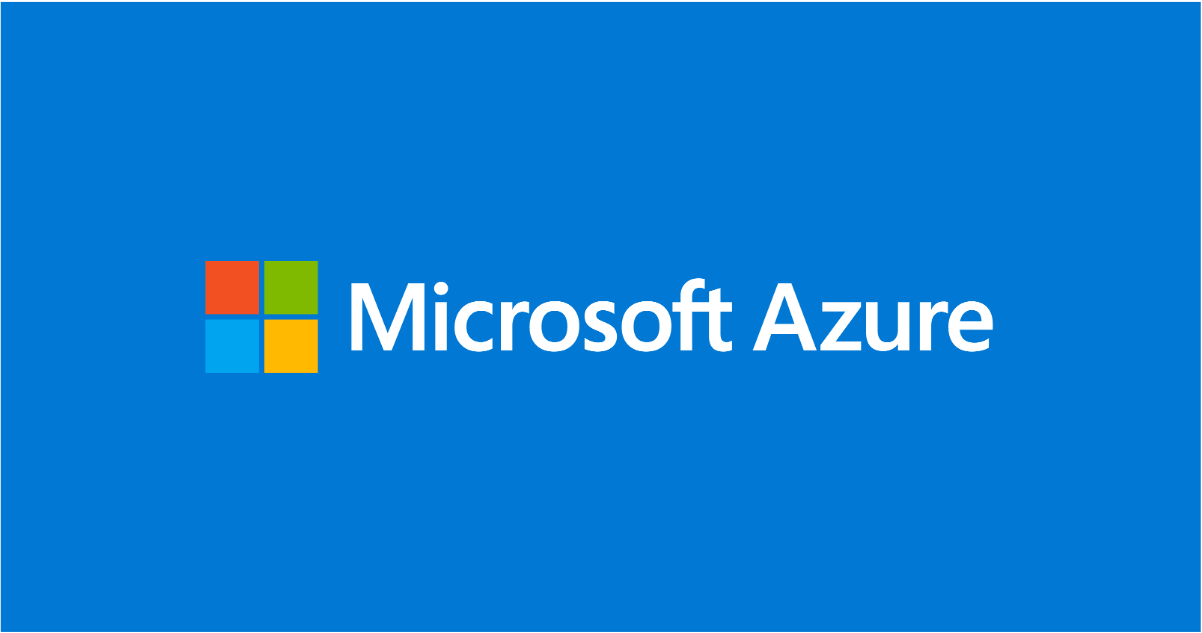Azure Backup and DR: Cross-Region Restore - Exploring Solutions

Azure Backup and DR: Cross-Region Restore - Exploring Solutions
When building a Disaster Recovery (DR) plan, customers often face challenges that require creative solutions, especially when capacity issues limit available options in Azure paired regions. In this article, we explore a real-world scenario and evaluate possible solutions for addressing Cross-Region Restore needs using Azure Backup.
Use Case
A customer wants to implement a DR plan based on the following requirements:
- Host applications in a specific "XYZ" region.
- For critical applications, establish a passive node in another region.
- For less critical applications, utilize Cross-Region Restore functionality for VMs using Azure Backup.
Issue
The customer is facing capacity constraints in the paired Azure region associated with "XYZ." Consequently, they are exploring options to build DR in an alternate region outside the paired one.
Challenge
The key question is: Is there a way to redirect Azure Backup's Cross-Region Restore functionality to a region outside the default paired region? Or are there other solutions to restore a VM in a non-paired region?
Solution 1: Using Azure Site Recovery (ASR)
Based on Azure Backup documentation, VMs can only be restored to the original or its paired region. This creates a challenge if the paired region lacks the necessary capacity.
In this case, Azure Site Recovery (ASR) could be an alternative solution. For more information on Azure Site Recovery, refer to these resources:
- About Azure Site Recovery | Microsoft Learn
- Support Matrix for Azure VM Disaster Recovery with ASR | Microsoft Learn
However, the issue with this solution is that ASR is ideal for Azure Virtual Machines. The customer’s scenario involves SQL and PostgreSQL environments that require application-level consistency. ASR may not ensure the consistency needed for such databases, leading the customer to seek alternative solutions.
Solution 2: Leveraging Third-Party Solutions
Since Solution 1 does not fully meet the customer’s needs, an alternative approach is to use third-party backup solutions that allow copying backup data to a region of choice. Notable options include:
- Veeam
- Rubrik
For more detailed insights, check out Veeam vs. Rubrik: Why Veeam is the Better Choice.
Solution 3: Azure’s Upcoming Feature for Region Flexibility
If the customer prefers to avoid third-party solutions, there is good news. Although Azure Backup currently restricts Cross-Region Restore to paired regions, the Azure Product Group (PG) is actively working on a new feature that will allow customers to replicate backup data between any two regions of their choice. This feature is expected to enter preview by Q1 CY2025.
In the meantime, as a workaround, customers can use AzCopy to manually transfer backup data between regions. However, it’s important to note that this method is not supported for all workloads.
For more details, refer to:
Published on:
Learn moreRelated posts
Automating Business PDFs Using Azure Document Intelligence and Power Automate
In today’s data-driven enterprises, critical business information often arrives in the form of PDFs—bank statements, invoices, policy document...
Azure Developer CLI (azd) Dec 2025 – Extensions Enhancements, Foundry Rebranding, and Azure Pipelines Improvements
This post announces the December release of the Azure Developer CLI (`azd`). The post Azure Developer CLI (azd) Dec 2025 – Extensions En...
Unlock the power of distributed graph databases with JanusGraph and Azure Apache Cassandra
Connecting the Dots: How Graph Databases Drive Innovation In today’s data-rich world, organizations face challenges that go beyond simple tabl...
Azure Boards integration with GitHub Copilot
A few months ago we introduced the Azure Boards integration with GitHub Copilot in private preview. The goal was simple: allow teams to take a...
Microsoft Dataverse – Monitor batch workloads with Azure Monitor Application Insights
We are announcing the ability to monitor batch workload telemetry in Azure Monitor Application Insights for finance and operations apps in Mic...
Copilot Studio: Connect An Azure SQL Database As Knowledge
Copilot Studio can connect to an Azure SQL database and use its structured data as ... The post Copilot Studio: Connect An Azure SQL Database ...
Retirement of Global Personal Access Tokens in Azure DevOps
In the new year, we’ll be retiring the Global Personal Access Token (PAT) type in Azure DevOps. Global PATs allow users to authenticate across...
Azure Cosmos DB vNext Emulator: Query and Observability Enhancements
The Azure Cosmos DB Linux-based vNext emulator (preview) is a local version of the Azure Cosmos DB service that runs as a Docker container on ...